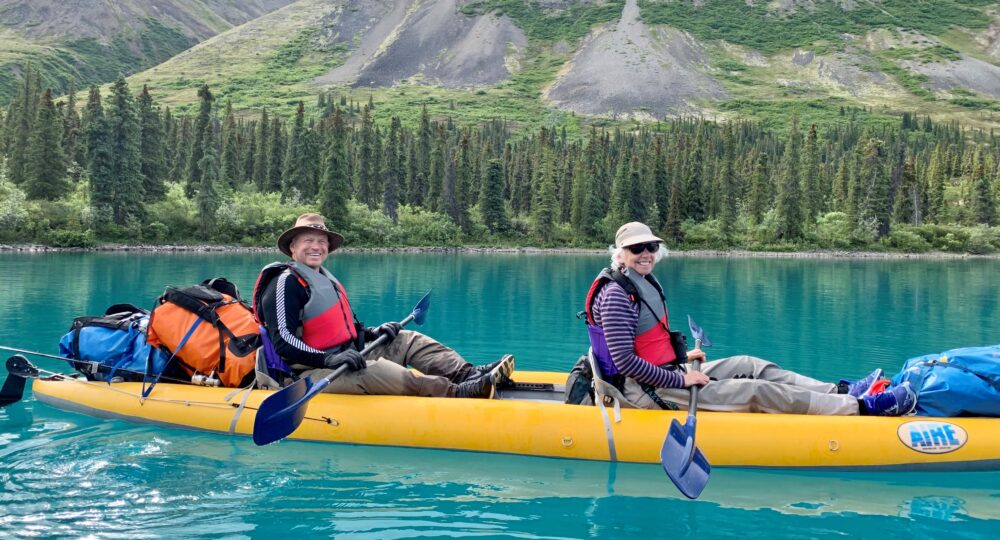An elephant parade went through our swamp Monday morning. Dozens of them; large family groups with big males at the front, mothers bringing up the rear and babies sandwiched in between. They moved steadily and determinedly, grazing briefly on the tall grasses in the swamp and then pushing on into the dry grasslands. We were told they were migrating north, using the daylight hours to travel through the “safe” territory of Lewa. By nightfall they would be at the Lewa boundary, positioned to traverse the more dangerous, poacher prone districts under cover of darkness.
We watched from the breakfast terrace at Ngiri House, occasionally picking up binoculars to study a particular elephant cluster or scan the surrounding area for other animals. On one such scan I spotted a lone baby elephant wandering in the grass at the edge of the swamp, heading west rather than north with the rest. Where was its mother? Where was it going? As breakfast progressed I kept track of it, willing it to turn and join the safety of a large family group. I was worried. A baby elephant, I told John, should not be wandering around by itself. There were lions out there more than capable of taking him (or her) down.
About an hour later, John and I drove through the swamp on our way out to size up the cottage where we will be living. The baby elephant was still there. He had shifted directions and seemed to be heading back toward the other elephants. My worry eased and John said “See, he’s fine.” The next day, however, on another drive, we spotted the baby elephant again. This time he was alone, wandering west about 6 or 7 kilometers further out into the grasslands, not another elephant in sight. “There he is again,” I said to John and then reiterated that baby elephants were not supposed to be alone. John agreed that it was odd, though he didn’t seem too worried about it.
But something about the elephant made an impression on John. At the end of the day, he sought out the experts and asked if a baby elephant should be on its own. If one was, did the Lewa wildlife managers care and want to know about it. The answer: Baby elephants should be with their mothers, not alone and, yes, the wildlife managers were interested. They let the brutal laws of nature apply to orphaned impala, zebra and giraffe, but elephants and rhino were a different story. The rangers would look into it and determine if it was old enough to survive on its own and what happened to its mother. John told them the location of our last sighting and we left the office feeling better. We did not see the baby elephant again on our evening game drive. We figure he’s in the good hands of Lewa and Mother Nature.


Elephant parade sounds cool. Looks cool. And yet… 🙂 Hugs to you both. Love the blogs!!
Hi Anne and John: this is so awesome, I’m going to be following your journey all the way through! But what happened to the baby elephant????
We checked with the operations center. The said that the size of the elephant meant that it wasn’t a baby, more an adolescent and at that age it wasn’t unusual for it to wander off by itself. There were no reports of elephants being attacked by lions so it is assumed that it joined another family grouping and is OK.